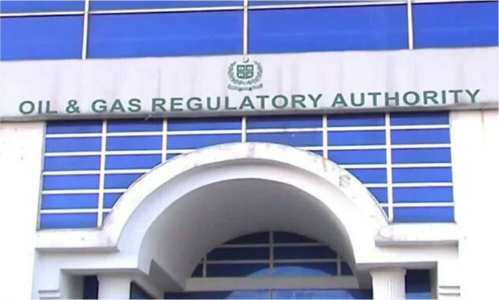After a torrid run, oil has barely managed to squeak out a second week of gains in a volatile session as risk-off sentiment spreads in broader markets. Predictably, the bears have started coming out of the woods, with Citigroup recently predicting an oil price crash to $65 this year.
But luckily for the oil bulls, there’s no shortage of positive catalysts in this market.
Stewart Glickman, energy equity analyst at CFRA Research in New York, says traders are now seeking refuge in commodities, including oil, as a hedge against inflation.
“When you have an inflationary period, that’s generally good for commodities. As a physical commodity, oil tends to hold its value better. Oil and gold are now seen as safer havens while other assets are being inflated out,” Glickman has told Bloomberg.
Economic data showed that U.S. inflation surged to a four-decade high of 7.5%, prompting Federal Reserve Bank of St. Louis President James Bullard to advocate for a supersized rate hike. While equities declined on the day, oil is viewed as a safer bet amid rising cost pressures.
French President Macron recently said he has received assurances from Vladimir Putin that there would be no “escalation” of Russian pressure on Ukraine, while diplomats from Iran and world powers have reconvened in Vienna to seek a deal reviving the 2015 nuclear accord.
But while geopolitical optimism has prompted some profit-taking, OANDA analyst Edward Moya says the price weakness likely will be short-lived as the oil market remains in a supply deficit.
In the first five weeks of the year, the U.S normally builds several million barrels of inventory ahead of the summer driving season; this year, inventories have fallen by almost a million barrels a day, according to data by the Department of Energy.
In a break from recent history, there doesn’t appear to be a strong supply response to rising prices and declining inventories. When Chevron (NYSE:CVX) reported Q4 results two weeks ago, the company guided the street to flay YoY production in 2022. Exxon (NYSE:XOM) did the same, as did BP (NYSE:BP) and ConocoPhillips (NYSE:COP). Bakken producer Whiting (NYSE:WLL) announced they plan to increase capex 55% in 2022 and acquire assets to generate only ~3% production growth. Driller Nabors (NYSE:NBR) reported earnings Tuesday and indicated they don’t expect to add any rigs outside the US in Q1.
OPEC Struggling To Keep Up
OPEC+ has been setting a high bar for itself, boosting production quotas by 400kb/d each month since mid-2021. The group has consistently missed that target, and there are signs that things are getting worse.
The “OPEC 10”, countries within OPEC excluding Venezuela, Libya, and Iran, were budgeted to increase production by 254kb/d in January, with the remainder of the 400kb/d quota allocated to Russia and others. Official results released on Thursday indicate that OPEC 10 had increased production by only 135kb/d, and now sit a full 748kb/d below self-imposed quota levels.
Angola saw production decrease, with January volumes coming in more than 250kb/d below quota, while Nigeria saw a boost in January volumes, up 60kb/d, leading the country to underproduce by only 285kb/d. Perhaps most interestingly, Saudi Arabia’s production fell 123kb/d below its targeted amount in January.
Outside of the core 10, Libyan and Venezuelan volumes fell while Iranian volumes increased. In total, the three countries saw volumes fall 33kb/d month on month. Meanwhile, Russian volumes for January increased 85kb/d, compared to the country’s budgeted 100kb/d increase.
While it’s abundantly clear that OPEC+ is unable to hit production targets, there’s some debate on the US’s ability to meet growing demand. This week Citi oil strategist Ed Morse advised clients to short the oil market, while famed oil investor Pierre Andurand suggested inflation-adjusted oil prices are relatively low by historical standards, with the 2008 high of $147/b equating to $222/b today.
Oil prices are still trading near seven-year highs, and the Biden administration is feeling pressure to lower inflation – the fastest way to do that would be to lower energy prices, as Mizuho’s Robert Yawger has told MarketWatch.
The Biden administration says “all options are on the table” for managing energy prices. Spokesperson Psaki said yesterday the White House is talking with oil-producing countries about production increases, and oil-consuming countries about strategic reserves releases. However, neither tactic has been successful at lowering prices in recent months, and it appears low supplies and high prices are here to stay.





